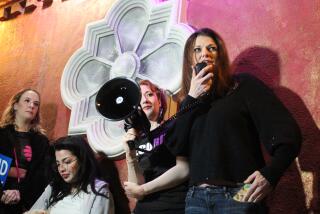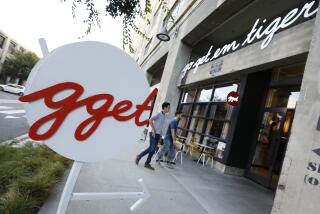For Labor Hangouts, a Gradual Demise
- Share via
SEATTLE — The old union lounge sits below a busy off-downtown street in a once-neglected neighborhood now flush with newly minted condos, trendy restaurants and the sleek nightspots of a younger, moneyed set.
It’s been here at the bottom of the city’s cavernous, four-story Labor Temple since the 1940s. Back then, sprinkler fitters, drywallers and roofers would spill down by the dozens from meeting halls to belly up for drinks at the Labor Temple Restaurant and Dispatch Room.
“Some came down before the meeting,” owner Dick Johnstonbaugh laughed through a cloud of cigarette smoke, “and they’d never go to the meeting.”
Now this vestige of a bygone era is struggling. Labor temples--union-owned buildings that were the cradles of so many strike votes and organizing pushes--have declined from 46 in 1928 to 33 today, experts say. Functioning, in-house labor temple bars are scarce, and Seattle may be the only metropolitan area with one.
For decades, a union bar in a big union city made sense. In fact, there were two in Seattle--one at the Labor Temple and another, the Kilowatt, down the street inside the International Brotherhood of Electrical Workers building. The Kilowatt went dark in the 1980s.
“There’s a culture that’s largely been destroyed over the last 40 or 50 years of working people getting together,” said Ross Rieder, a former Washington State Labor Council worker whose office sat near the two bars. With the disappearance of labor hangouts goes some of the “comradely aspect of unionism,” he said.
More to Read
Sign up for Essential California
The most important California stories and recommendations in your inbox every morning.
You may occasionally receive promotional content from the Los Angeles Times.










